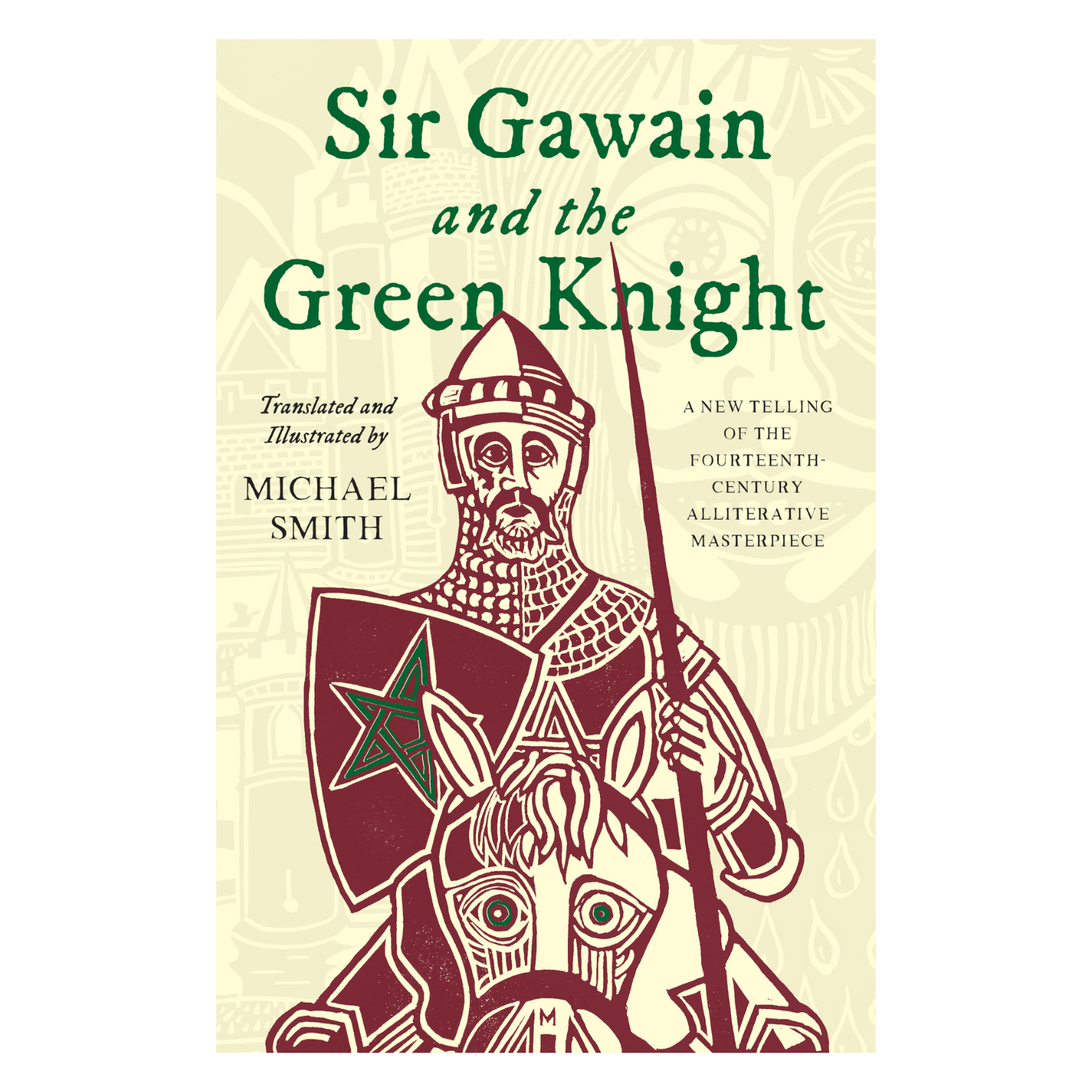
- Home
- Sir Gawain and the Green Knight
Sir Gawain and the Green Knight
About The Book
It is New Year at Camelot and a mysterious green knight appears at King Arthur’s court. Challenging the knights of the Round Table to a Christmas game, he offers his splendid axe as a prize to whoever is brave enough to behead him with just one strike. The condition is that his challenger must seek him out in a year and a day to have the deed returned. Sir Gawain accepts and decapitates the stranger, only to see him pick up his head, walk out of the hall and ride away on his horse. Now Gawain must complete his part of the bargain, search for his foe and confront what seems his doom…
Michael Smith’s translation of this magnificent Arthurian romance draws on his intimate experience of the North West of England and his knowledge of mediaeval history, culture and architecture. He takes us back to the original poetic form of the manuscript and brings it alive for a modern audience, while revealing the poem’s historic and literary context.
The book is beautifully illustrated throughout with detailed recreations of the illuminated lettering in the original manuscript and the author’s own linocut prints, each meticulously researched for contemporary accuracy. This is an exciting new edition that will appeal both to students of the Gawain-poet and the general reader alike.
Be a part of our community! 334,112 people from 207 countries have pledged £11,980,334 to fund 646 projects - and counting!
